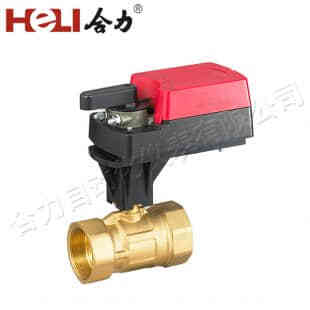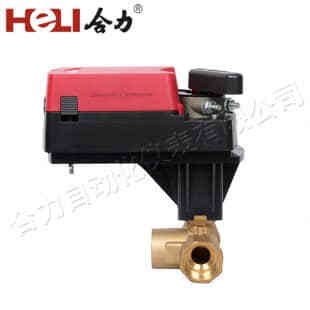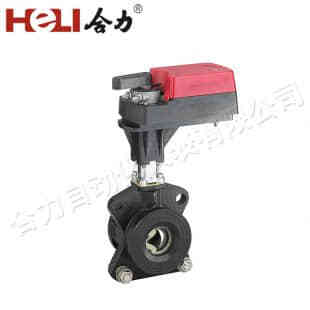In the intricate world of Heating, Ventilation, and Air Conditioning (HVAC) systems, the damper actuator plays a pivotal role in ensuring optimal indoor environmental comfort. This vital component is responsible for regulating the flow and direction of air within the system, thereby controlling the temperature and air distribution throughout a space.

At its core, the damper actuator is a motorized device that operates the dampers, which are essentially adjustable flaps or plates that control the opening and closing of air ducts. These dampers, in turn, regulate the amount of air that flows through the system, allowing for precise temperature regulation and efficient energy usage.

The damper actuator receives signals from the HVAC system’s control unit, which is typically a thermostat or a more advanced Building Automation System (BAS). These signals, based on the desired temperature setpoint and other environmental factors, instruct the actuator to move the damper to the appropriate position. This movement is achieved through a series of mechanical or electromechanical mechanisms that convert the electrical signal into physical motion. The precision and reliability of the damper actuator are crucial for the overall performance of the HVAC system. If the actuator malfunctions or operates inaccurately, it can lead to issues such as uneven temperature distribution, excessive energy consumption, and even system failures. Therefore, it is essential to choose damper actuators that are designed for durability, efficiency, and compatibility with the specific HVAC system in use.

Leave a Reply